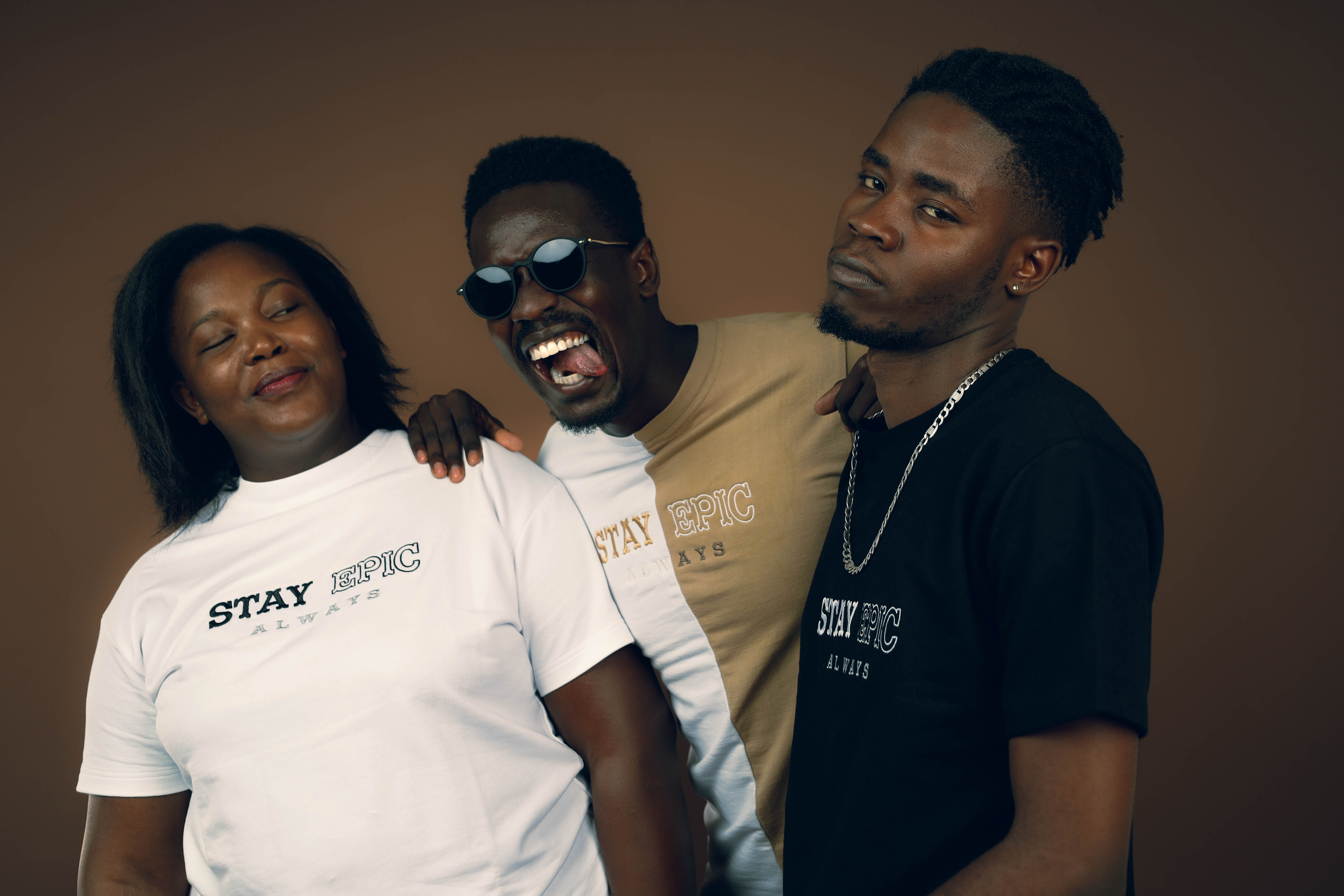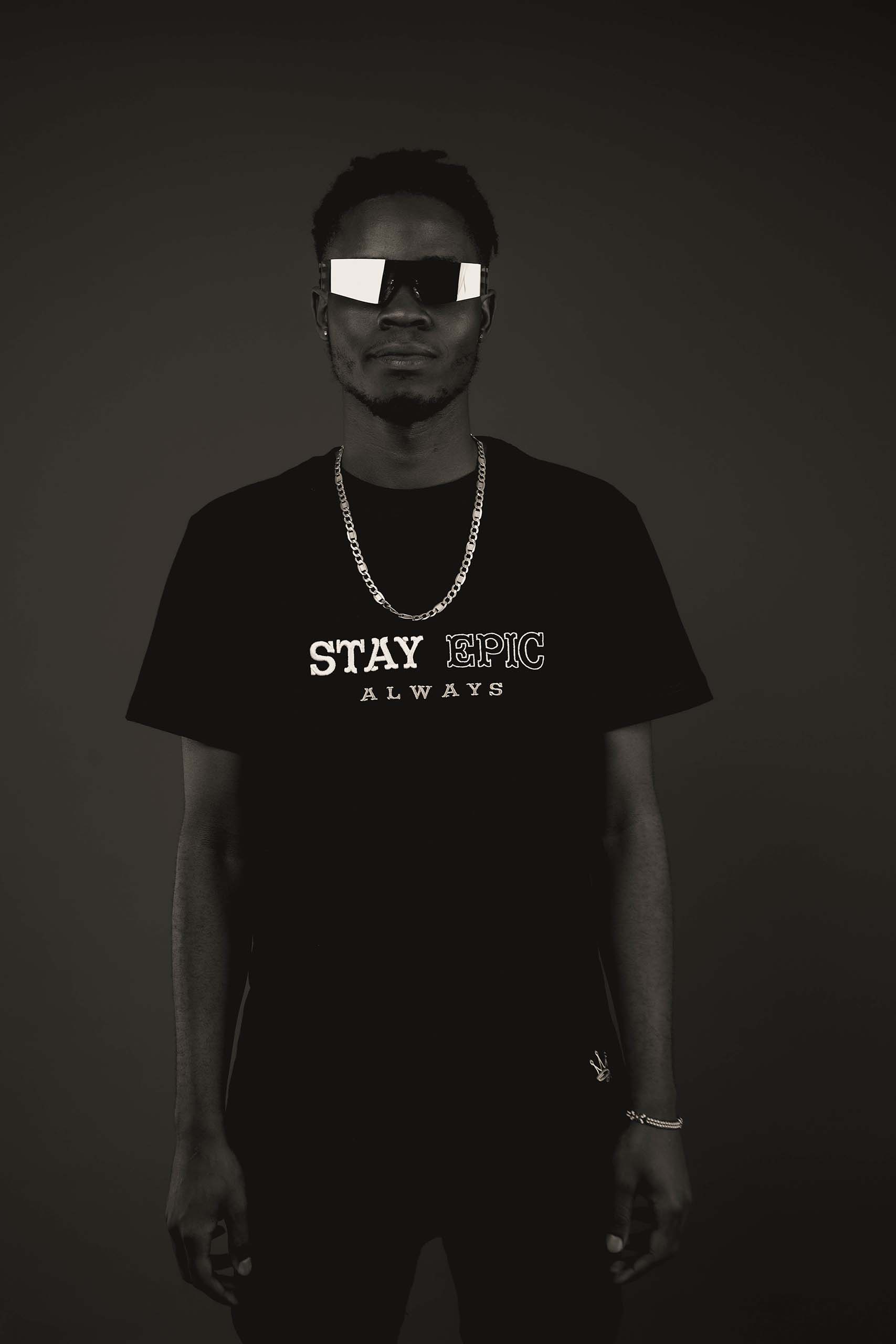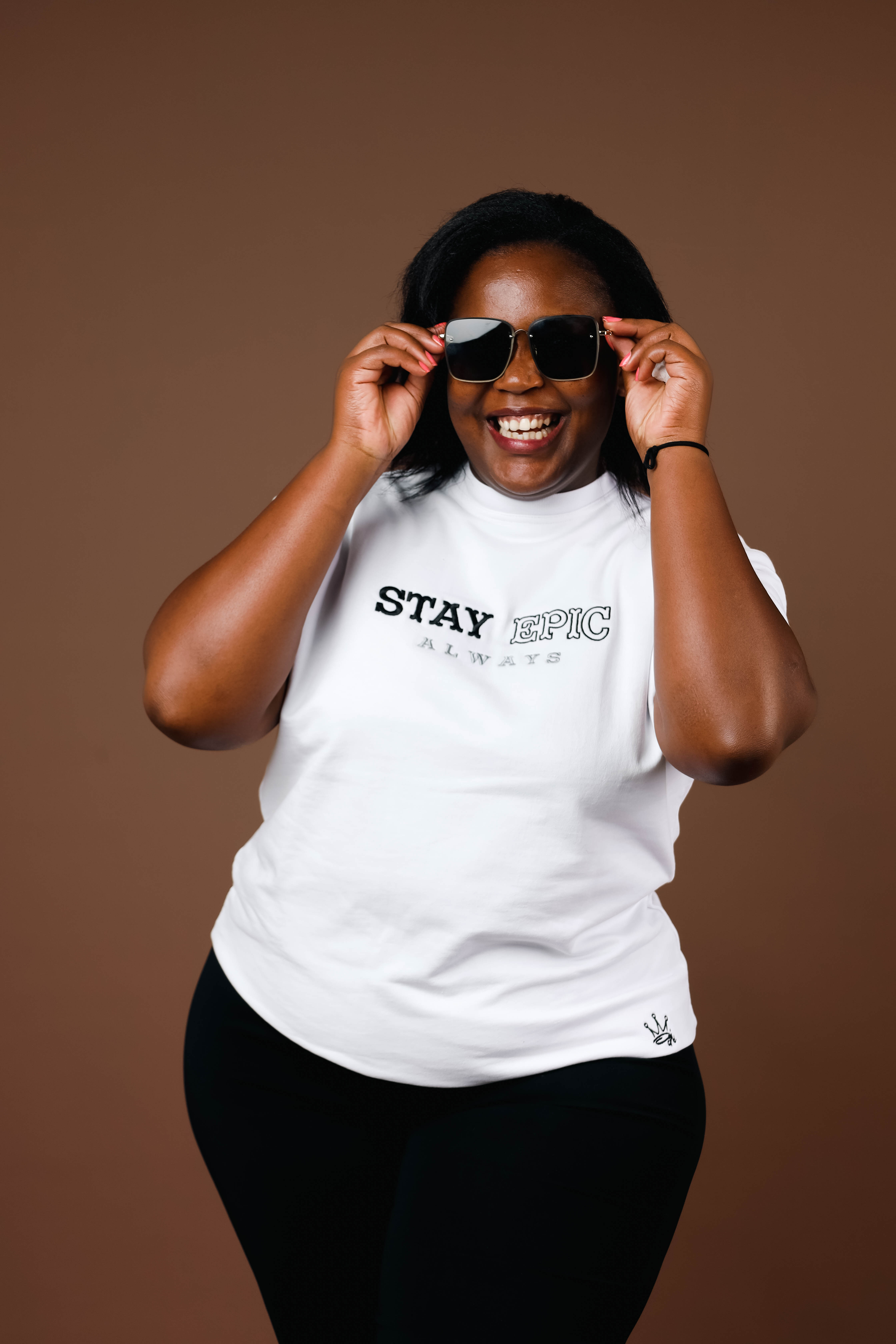The city hums, a restless rhythm pulsing through the streets. A motorcycle weaves through traffic, its rider draped in an oversized varsity jacket, collar turned up against the breeze. The scent of “mahindi choma” in the air. Somewhere, a speaker crackles to life—Afrobeats slipping through the cracks of a dimly lit storefront. This isn’t just another night. It’s the beginning of something.
The door swings open. A sharp inhale—leather, raw denim, something metallic in the air. The shop is small, barely more than an enclave carved into Nairobi’s underbelly. But inside, the world expands. Racks lined with pieces that tell stories—a bomber scuffed at the elbows, a hoodie with a single embroidered date stitched into the sleeve. Limited edition? No. One of one.
“You looking for something?”
A designer, crouched over a worktable, sketches with quick, precise strokes. They barely glance up, hands busy cutting patterns, tracing seams. In the corner, a group debates the newest sneaker drop, the conversation weaving through the air like a melody. This is where ideas are traded, not just clothing. Someone flips through a stack of graphic tees, fingers pausing over one—its faded print whispering of past lives. The decision is silent, but understood. This is the one.
Outside, the night is alive. A hand-painted mural stretches across the alley, colors vivid under the flickering neon sign above. Someone leans against the wall, adjusting their cuffs, sneakers tapping against the pavement. Across the street, a DJ sets up, soundchecking with a deep, chest-rattling bass. The crowd gathers, some drawn by the music, others by the silent call of the culture.
A car pulls up, the door swings open, and out steps the next moment. A girl in a structured trench, its oversized silhouette shifting with her movement. She nods, a quiet acknowledgment of those already present. The conversations shift. A camera shutter clicks. The city holds its breath.
The music builds. The night moves. A trade happens—a jacket for a hoodie, a design for an idea, a moment for a memory. No receipts, no transactions. Just an understanding.
By dawn, the streets are empty again, but the night lingers. In the scent of fabric, in the scuff of sneakers on concrete, in the quiet confidence of those who know where to look.
Because here, fashion isn’t just worn. It’s lived.
Style is a way to say who you are without speaking, but in Africa, it also tells the story of where you’ve been.
Laduma Ngxokolo 🇿🇦



